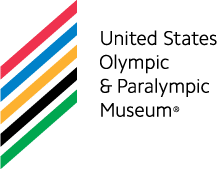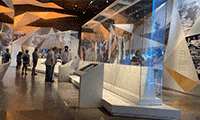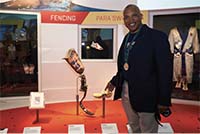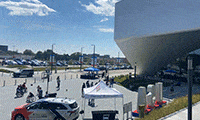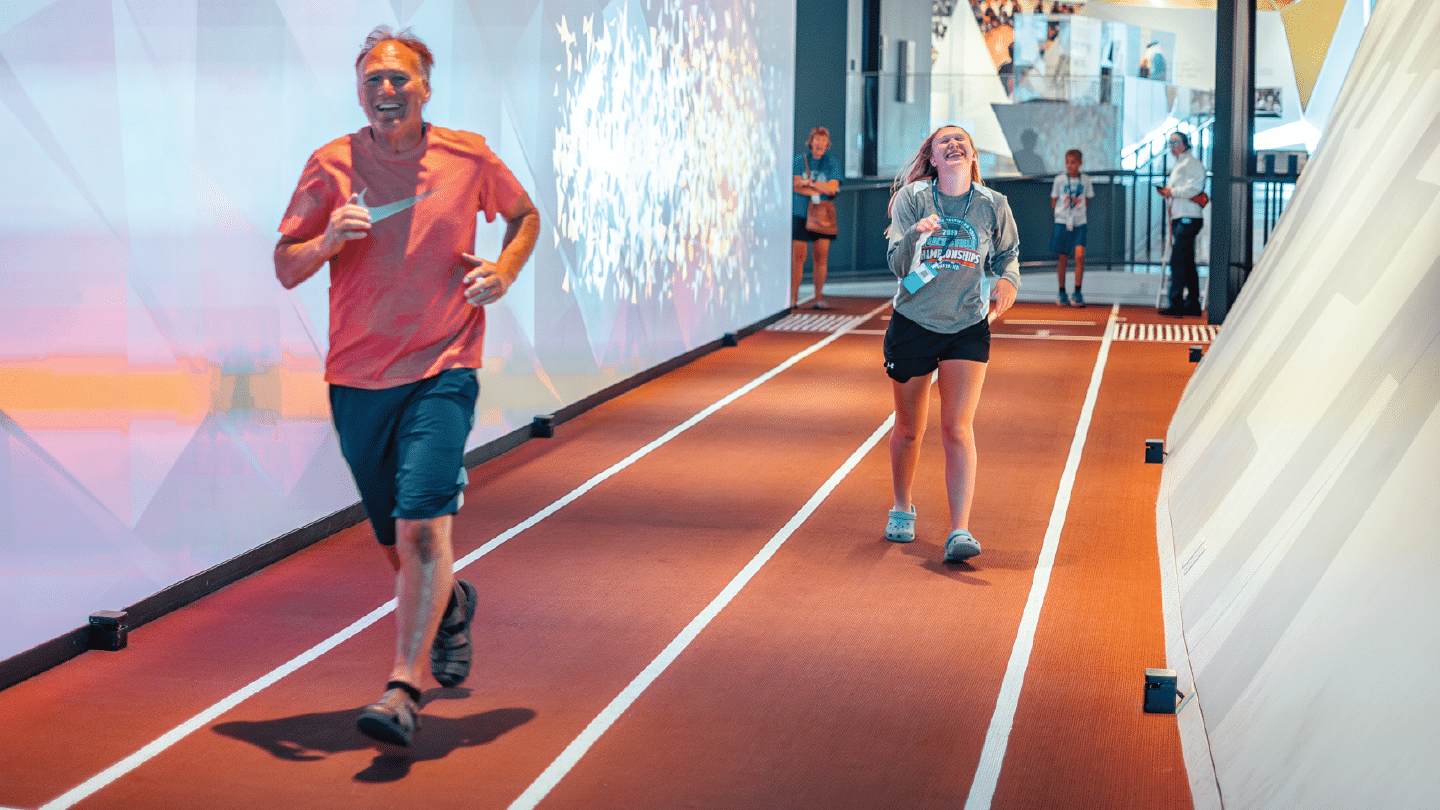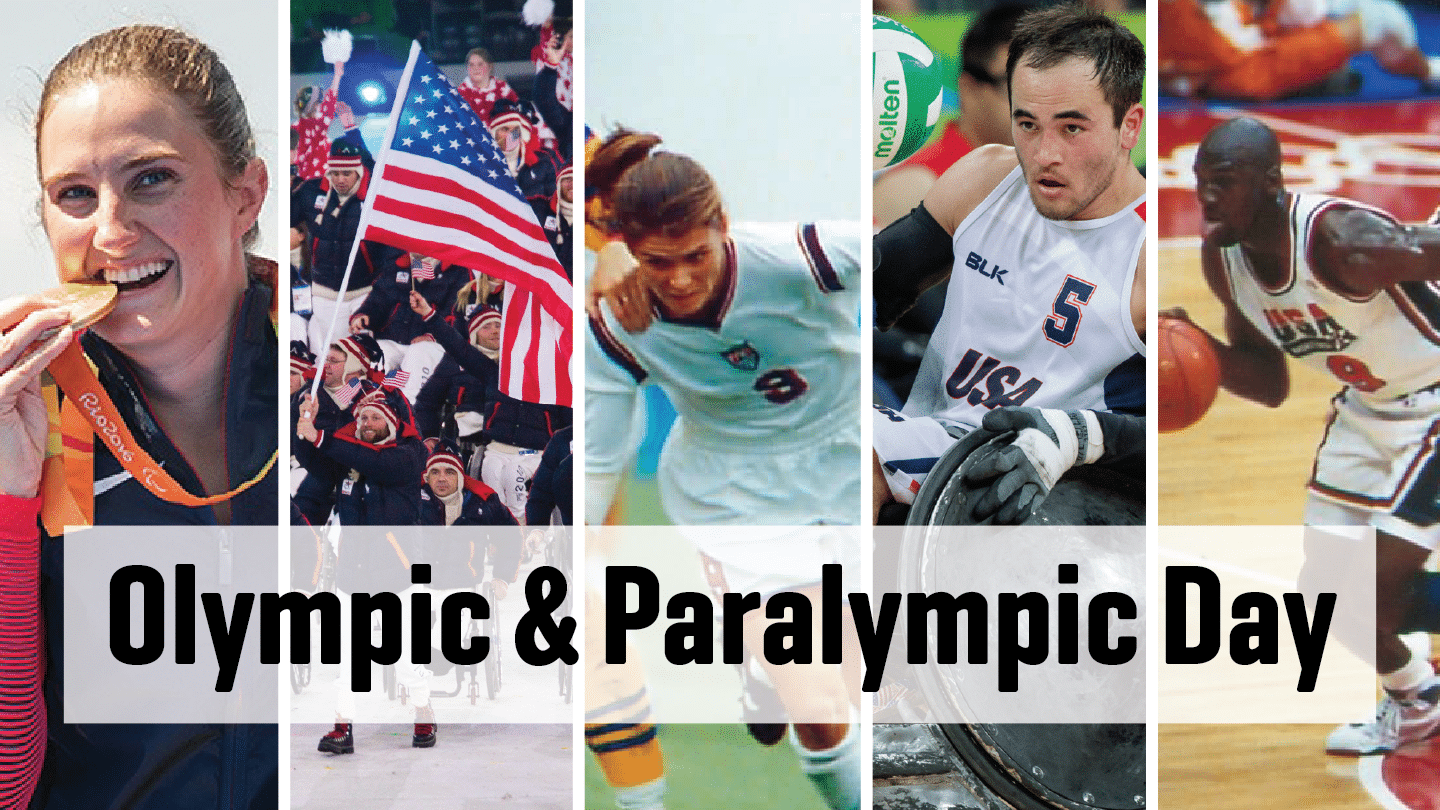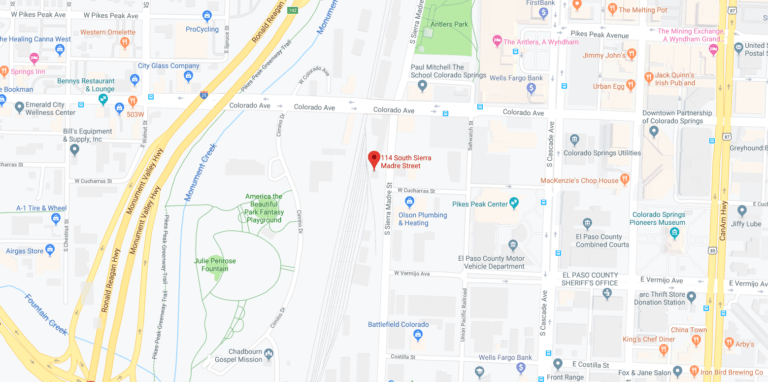This content was originally published here, on The Gazette.com by Rich Laden
Supporters of a proposed downtown U.S. Olympic Museum have signed a 30-year agreement with the Colorado Springs-based U.S. Olympic Committee that will allow the venue to showcase Olympic artifacts and displays, the two organizations announced Thursday.
The agreement is crucial because it will lend credibility to efforts to raise millions in private donations to help build the project, backers say.
“For this museum to be successful, it has to have an organic relationship with the U.S. Olympic Committee,” said Richard Celeste, board president of the nonprofit group proposing the project. “And for us to be able to reach out to major donors, having this agreement provides a platform for asking them to make major commitments to the museum.”
The museum’s cost is estimated at $59.4 million, with nearly $28 million to come from private sources. Celeste said he hopes to raise $70 million, which would help create an endowment to help cover operating costs in the museum’s early years.
“I’m setting the bar as high as I can set it,” he said.
City for Champions advocates say the deal will boost their momentum, as well; the museum is part of City for Champions – four proposed attractions totaling $250.6 million that backers say will enhance local tourism and the area’s economy. Other Champions’ projects include a downtown sports and events center, an Air Force Academy visitors center and a University of Colorado at Colorado Springs sports medicine and performance center.
The museum agreement was approved last month by the USOC’s board and signed Tuesday by Scott Blackmun, the organization’s CEO, said USOC spokesman Mark Jones. At the conclusion of the 30-year deal, both sides could renew it for 10 years at a time.
The agreement, which was two years in the making, details how the museum will be allowed to use and display Olympic materials, Celeste said. It also gives the museum authority to create a logo that incorporates the USOC’s logo – a U.S. flag over the five Olympic rings – or a composite Olympic/Paralympic design.
Earlier this year, Blackmun said the USOC wouldn’t donate financially toward the museum’s construction, but that providing valuable artifacts free of charge would amount to a significant contribution. He couldn’t be reached for additional comment.
Proposed by the nonprofit group before it was included as part of the City for Champions initiative, the museum is envisioned as a state-of-the-art venue to celebrate the nation’s Olympic and Paralympic movements.
Supporters expect to build the project in southwest downtown – helping to jump-start a 13-year-old urban renewal area where little redevelopment has taken place. The museum would be near the USOC’s headquarters at Tejon Street and Colorado Avenue; backers hope to open it in 2017.
The museum would include a U.S. Olympic hall of fame, a theater, a 20,000-square-foot exhibit hall, retail space and an outdoor plaza. Along with Olympic artifacts, it would have interactive displays, temporary exhibits and permanent collections all relating to the U.S. and global Olympics and Paralympics.
With the USOC agreement in hand, museum organizers will begin soliciting private contributions “in earnest,” Celeste said. He wouldn’t put a timetable on when the group hopes to announce funding commitments. The museum group still must sign agreements with architects, a general contractor and others who will design and construct the venue, Celeste added.
Because it’s part of City for Champions, the museum would receive some of its funding from state sales taxes.
A year ago, city and community leaders applied for state funding through Colorado’s Regional Tourism Act. That program allows qualified tourism projects to receive a percentage of increased state sales tax revenue generated by the spending of new, out-of-state visitors attracted to Colorado by the new tourism venues.
In December, the Colorado Economic Development Commission agreed to earmark about $120.5 million in state sales tax revenue over 30 years for City for Champions, which would go to pay $47.5 million in principal and interest costs on bonds issued to help finance the four projects.
The museum would receive $19.4 million in state sales tax funds – the largest amount among the projects, according to a preliminary City for Champions funding plan.
Bob Cope of the city’s Economic Vitality Division and a City for Champions spokesman said the museum-USOC agreement is “a major step forward in the overall project.”
“There will be many others that will have to follow,” he said, “but we’re really gratified that this has been completed.”
Another key step: The state Economic Development Commission must approve a resolution, or contract, that spells out how City for Champions projects will receive state sales tax revenue. That decision could come in August or September.
From celebrating the Olympic spirit to athlete meet-and-greets, there are plenty of fun things to do in June at Colorado Springs’ top attraction!
